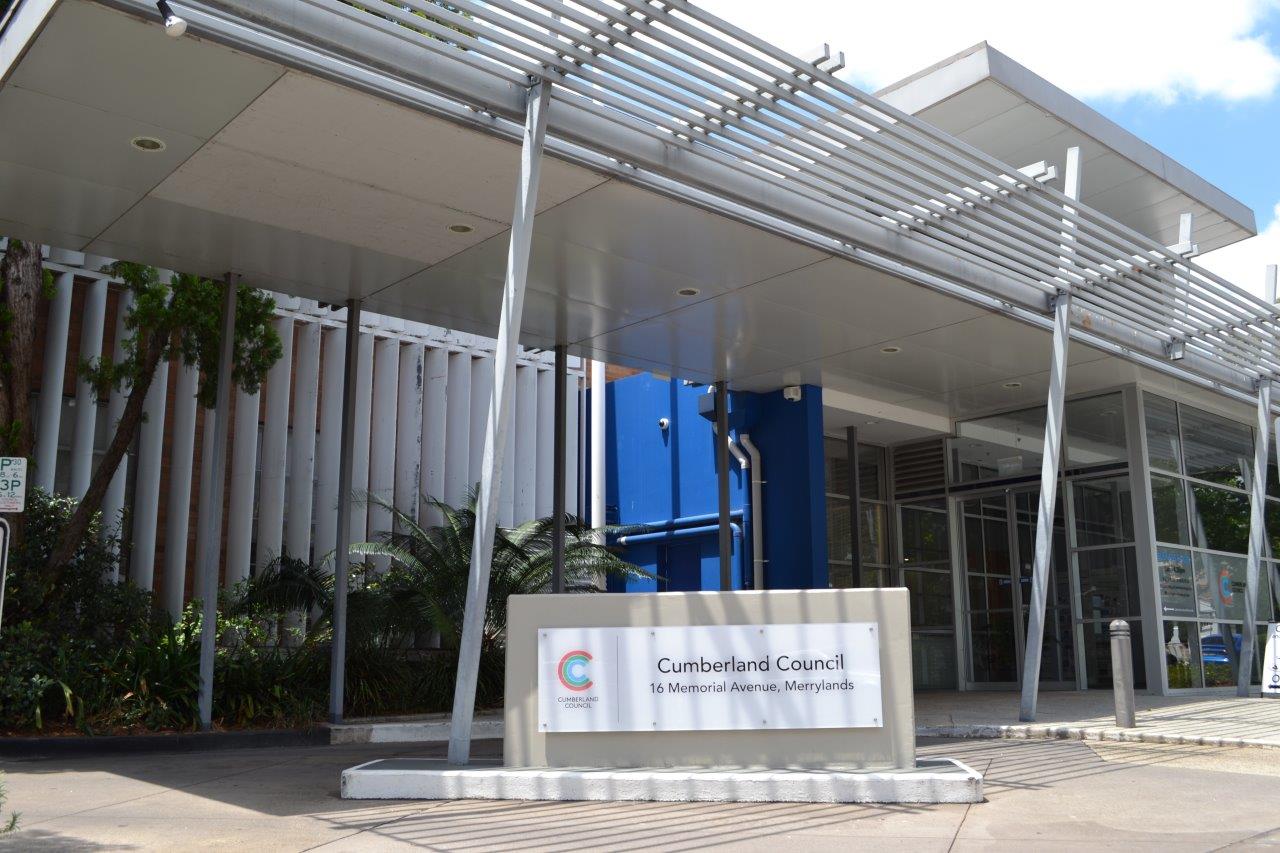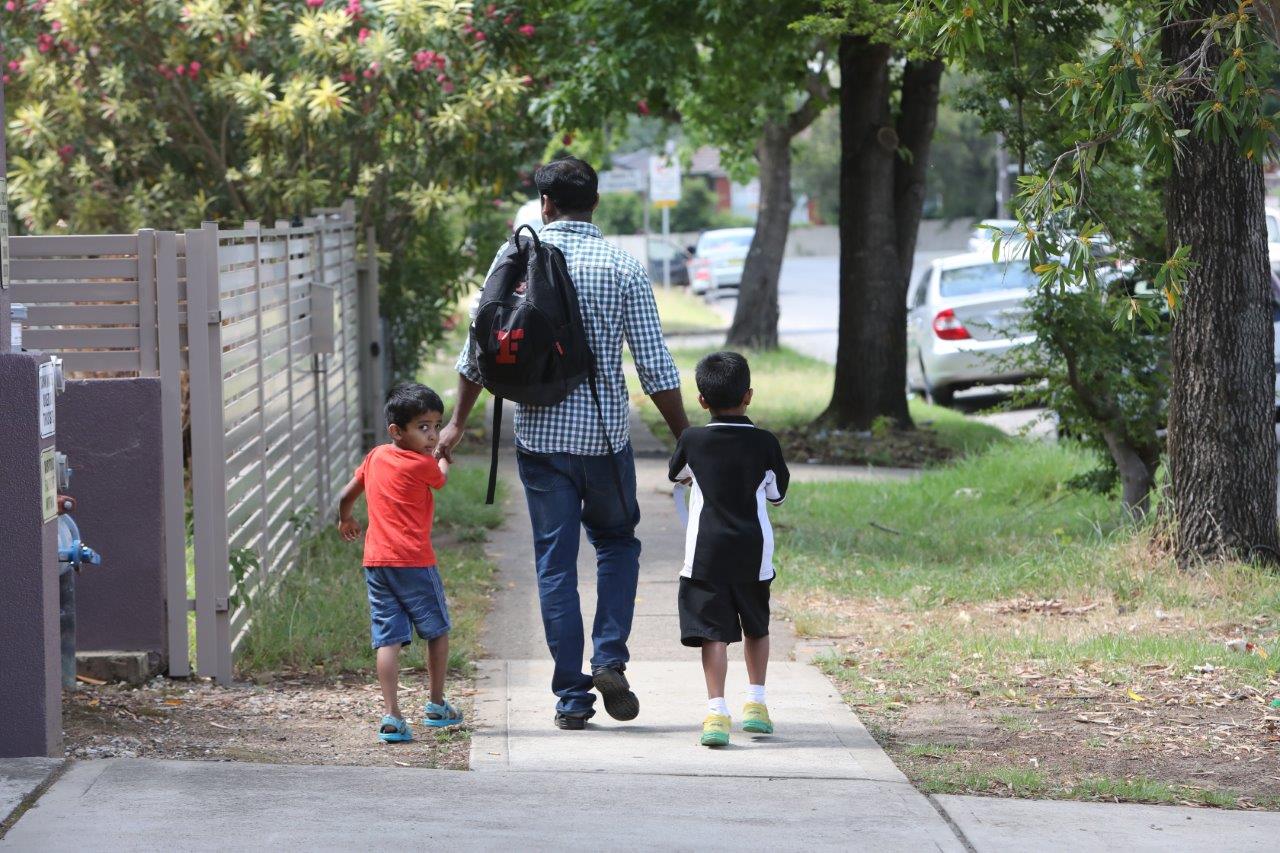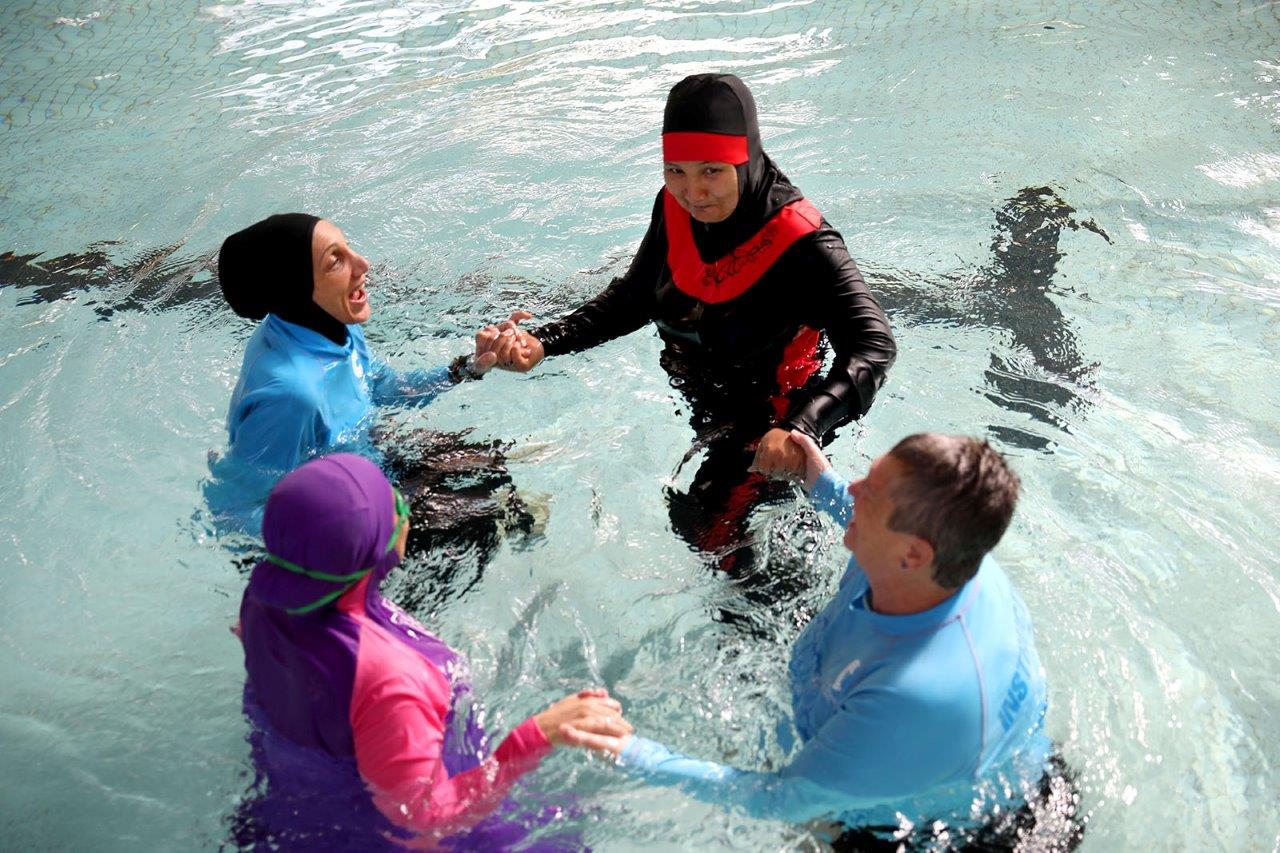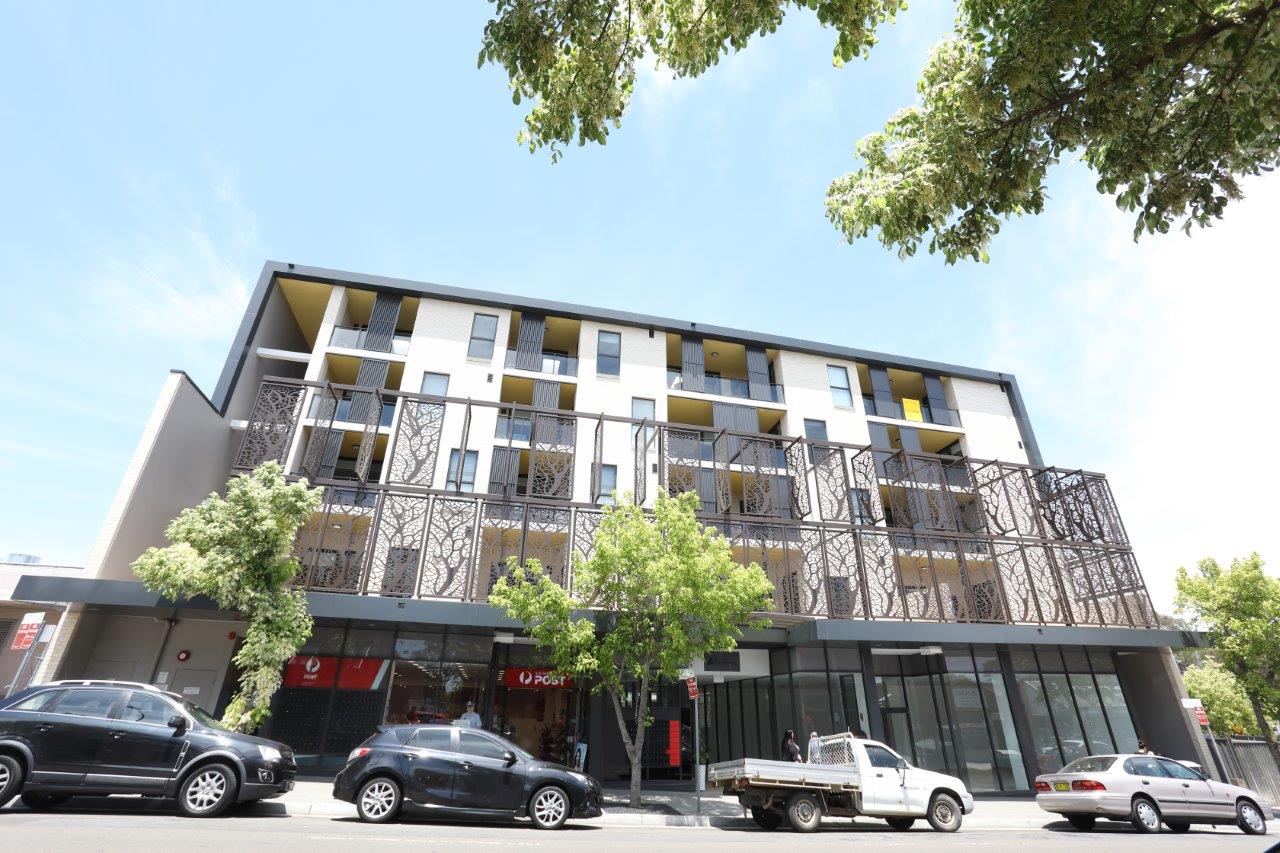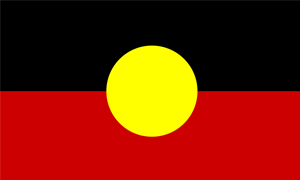Both the Parramatta River and the Duck Creek provided food supplies, fishing as done by those groups closer to the water, and hunting was done for those inland. The Granville area was a thick forested area which provided a variety of fauna such as possums.
This area was previously known as Parramatta Junction when it was chosen as the site of the terminus for Sydney’s first railway line which opened in 1855. It was renamed Granville in 1880, in honour of the British Colonial Secretary, the Earl of Granville.
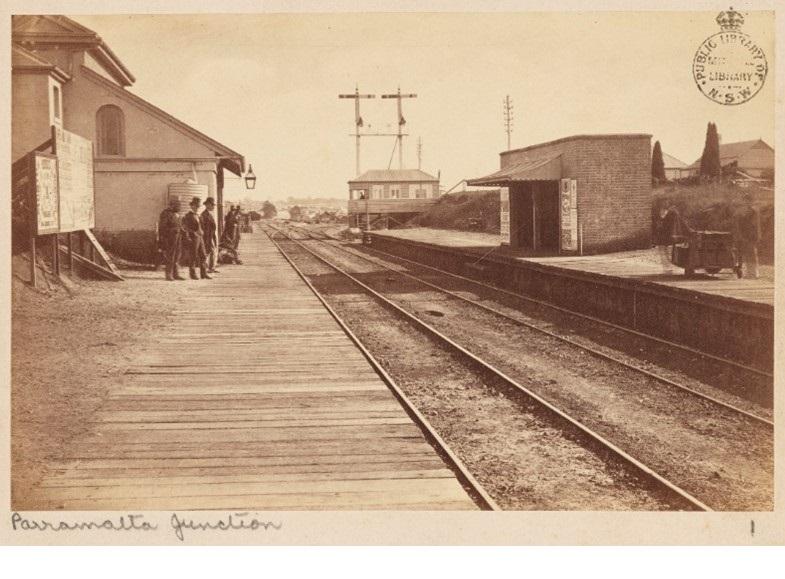
In the 1800s, Darug lands were divided into Crown Land Grants and given to officials, military, free settlers and emancipists to farm the land. The first major land grant holders in Granville were Garnham Blaxcell and James Chisholm.
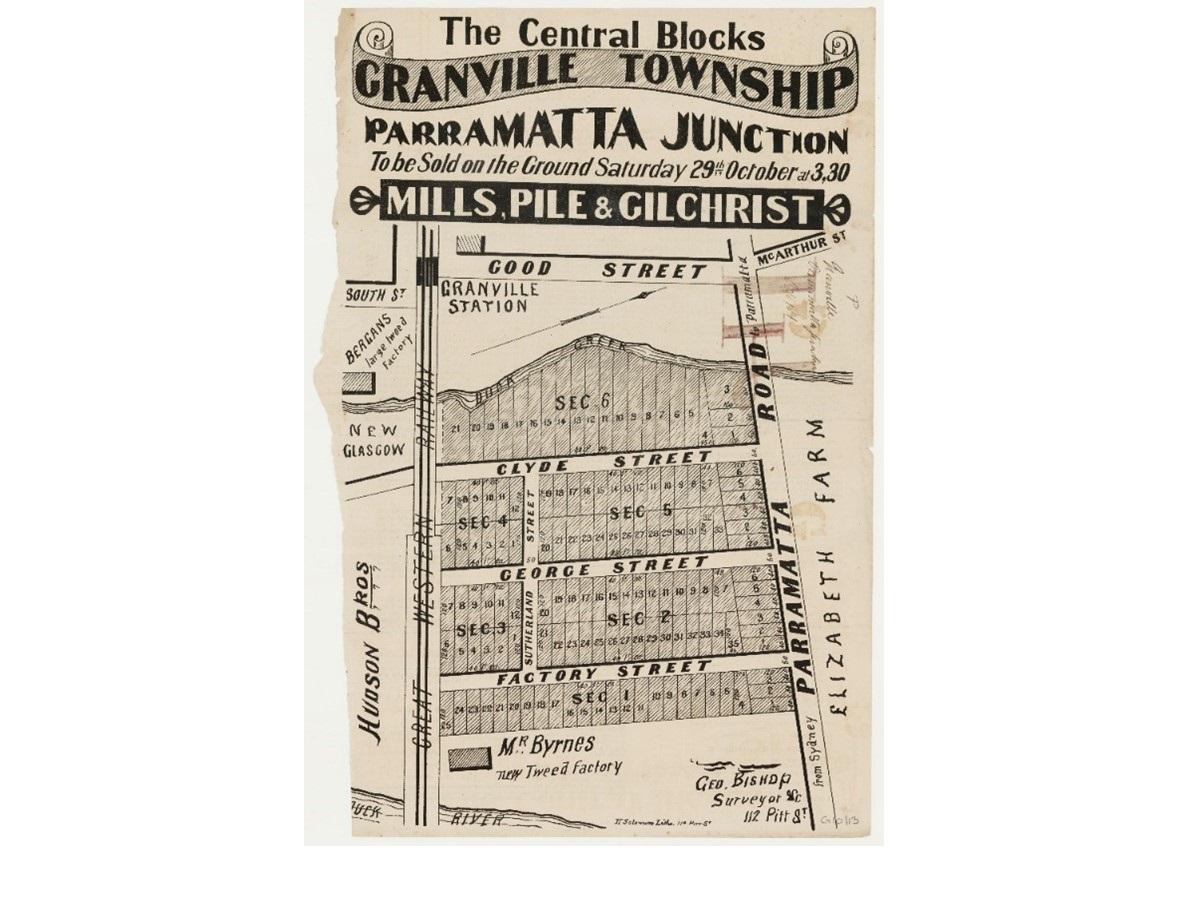
The arrival of heavy industry from the 1870s-1880s was a major stimulus for the growth of Granville and led to the release of several residential subdivisions in quick succession to cater for the rapidly growing population. A Central Business District (CBD) developed along the streets closest to Granville Station.
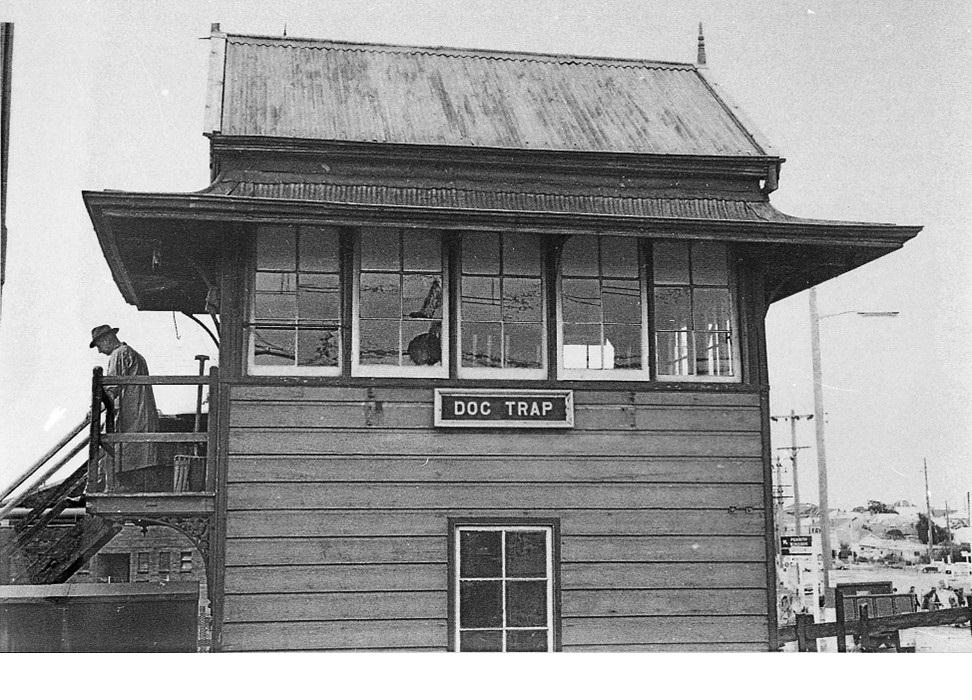
In 1855, Parramatta Junction Railway Station was established as a terminus for the new Western Railway line at what would later become known as Granville. The terminus was the Dog Trap Road (now Woodville Road).
Granville Public School opened in 1881 as well as churches were established including the Edmund and Cyril Blackett designed St Marks Anglican Church, built in 1884.
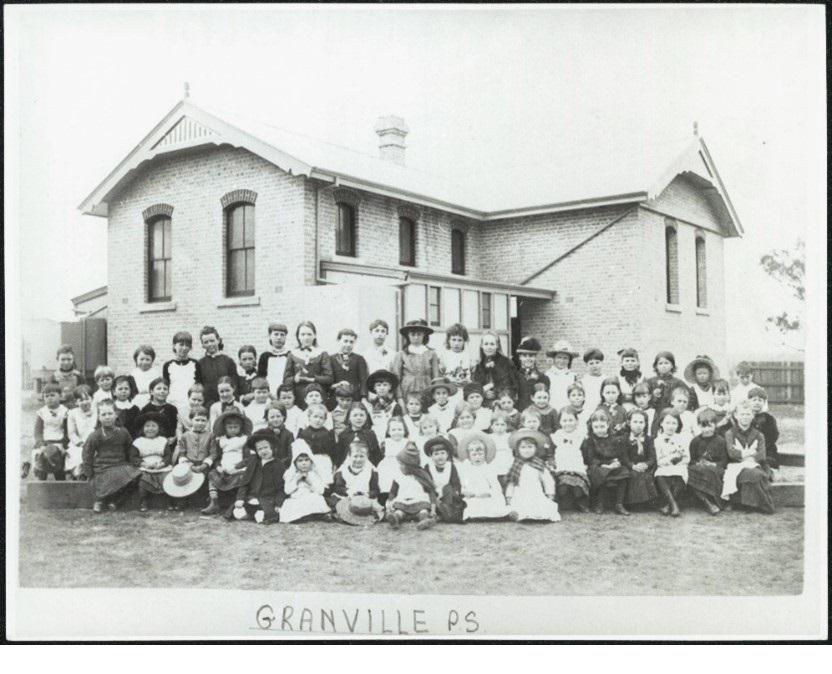
The Granville School of Arts foundation stone was laid in November 1883. This was the beginning of the Granville Technical College. The building is now the Himalaya Palace.
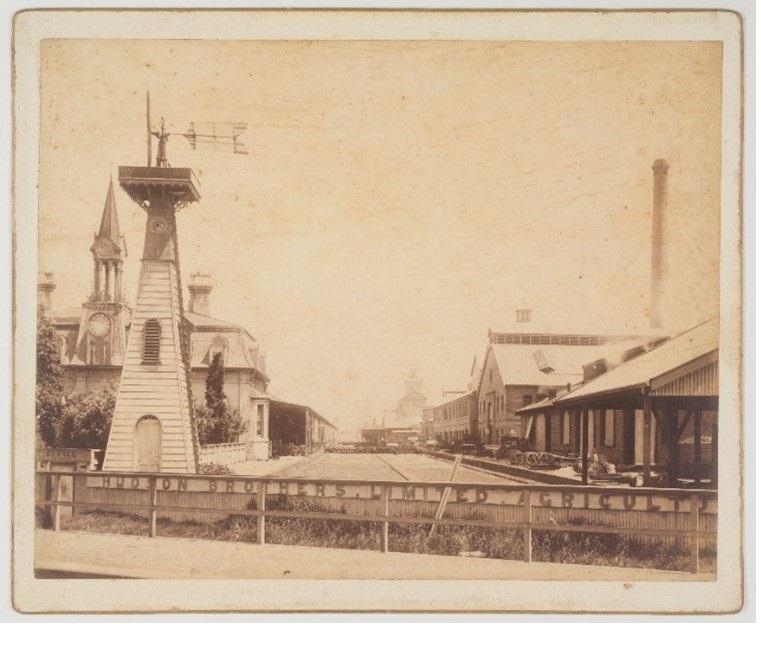
In 1883, Hudson Bros Engineering Works was established on a 30-acre site at Clyde, between Duck River the railway line and Factory Street. The company built railway locomotives, rolling stock and tram cars and later became Clyde Engineering. It was a major employer in the surrounding area for many years.
In 1885, Granville Municipal Council was formed, and the Council Chambers opened four years later in 1889. The Town Hall extension was added in 1900.
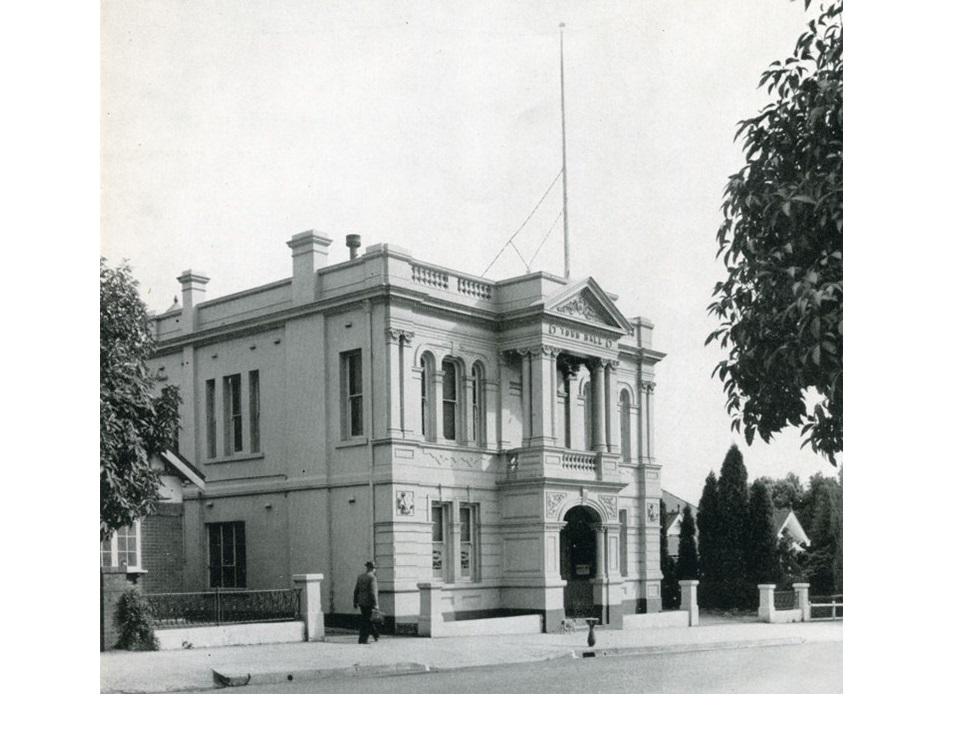
Granville Park opened in 1887 and it was used as the U.S. Naval Base Hospital during the War and most recently in 2021, saw a new life with the erection of the Eric Tweedale Stadium.
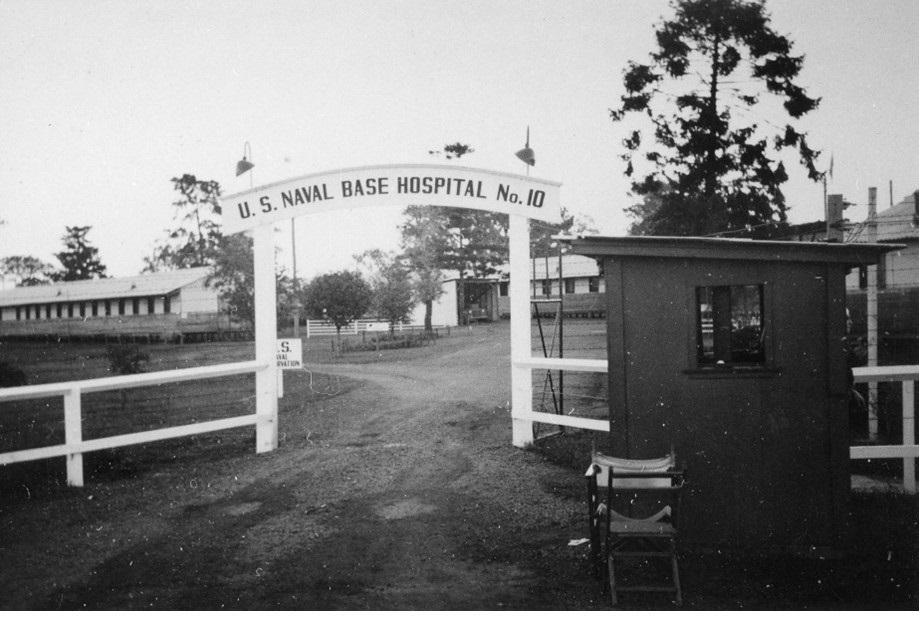
In 1900, the Granville Fire Station opened in Good Street, it was extended in 1909 and closed in 1945. The Granville Memorial Swimming Baths opened in 1936 on the former Bergan’s Woollen Mills site. A residential subdivision, the Olympic Pool Estate, was released around it.
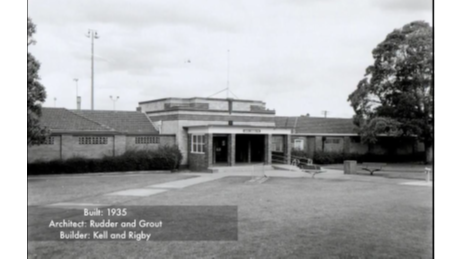
In 1922, the Granville War Memorial was unveiled opposite the Granville Town Hall. The first Granville RSL Club opened in 1936.
In 1944, Granville TAFE College was built in William Street. The TAFE had been training students since 1884 and the new building expanded its’ capacities for more courses and students.
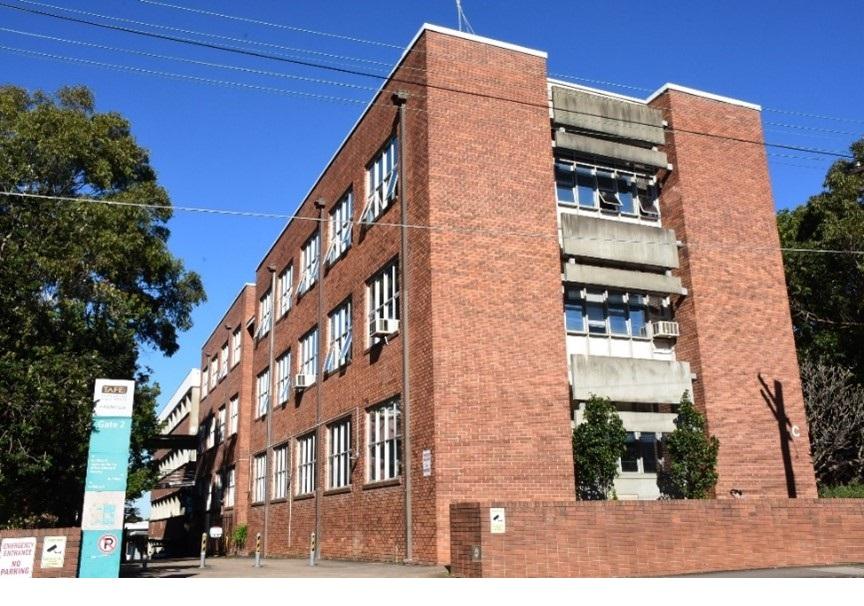
From 1943 and into the 1950s, NSW Housing Commission constructed housing estates in Granville, notably around Dellwood Street and on Woodville Road. The Commission built several hundred houses across South Granville.
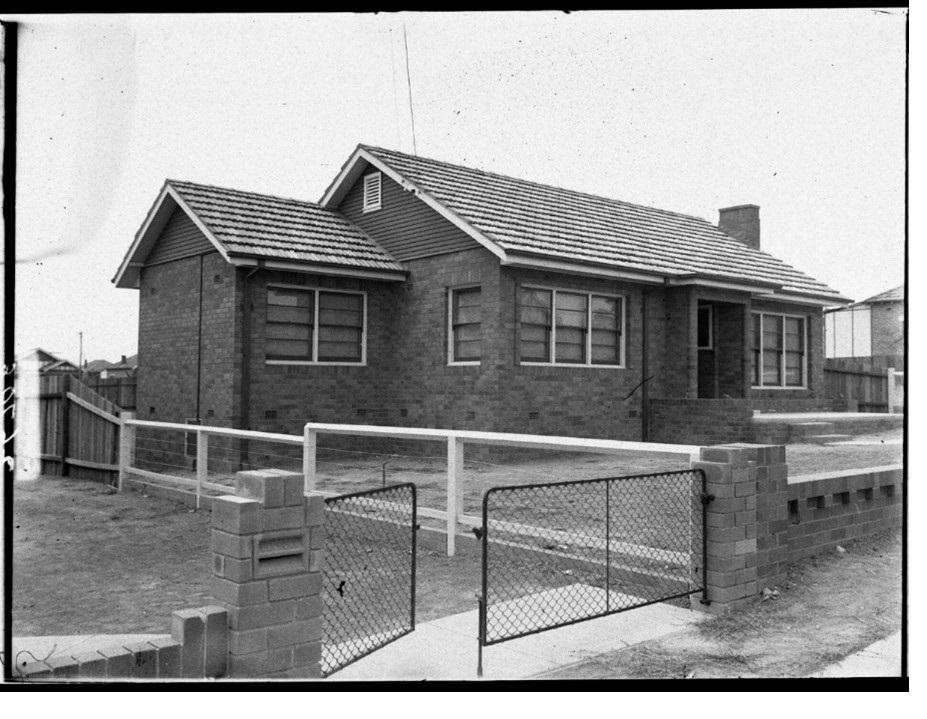
During the 1950s, Ukrainian migrants began arriving in Australia in the aftermath of World War II. A significant number of Ukrainians settled in Granville where they established culture facilities. In 1955, St. Aphanasius Ukrainian Autocephalic Orthodox Church was built in William Street.
In 1949, Local Government amalgamations occurred in NSW. Granville was incorporated into Parramatta City Council.
In 1975, Granville Library was opened in Carlton Street.
Australia’s worst rail disaster occurred at Granville on 18 January 1977 when a morning commuter train in route to Sydney derailed while passing through Granville causing the Bold Street bridge to collapse upon it. 83 people died as a result and many more were injured. A memorial was erected in 1997 near the station to commemorate the victims of the tragedy. On the 20th anniversary of the disaster in 1997, a memorial was unveiled at the corner of Carlton Street and Railway Parade, Granville called ‘Australia Remembers Granville – The Day of the Roses’.
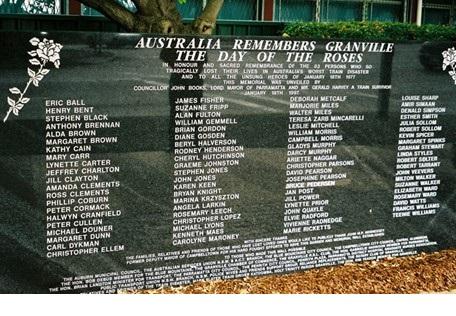
In 2016, NSW Local Government amalgamations resulted in the creation of Cumberland City Council which included the suburb of Granville.
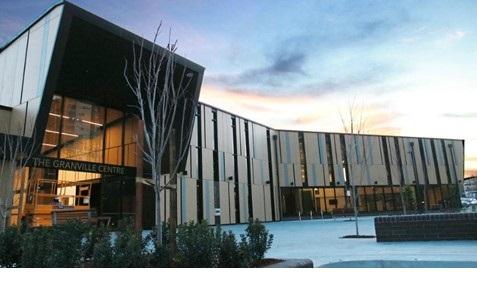
In 2020, the Granville Centre opened at 1 Memorial Drive, with artwork from Darug woman Leanne Tobin. The new centre incorporated a library, art gallery, public pool, meeting spaces, creative suite and A/V studios.
